15 key indicators of a looming financial crisis in the U.S.
According to Pew Research, the U.S. national debt as of August 2025 was $37 trillion, a staggering figure that is almost impossible to comprehend.
But what’s even more concerning is that the debt-to-GDP ratio is projected to hit 119% by the end of 2024. This is far beyond the point where many economists start sounding alarms.
With rising interest rates, a looming commercial real estate crisis, and increasing household debt, it’s evident that we could be heading toward a financial storm. Although it may seem like the economy is on the verge of collapse, there is still hope. Recognizing key indicators can help you stay prepared and navigate the challenges ahead.
Here are 15 key signals that things may be about to take a turn, backed by real data and insights.
National Debt

The U.S. national debt is officially over $37 trillion as of late 2025, according to Pew Research. Let that sink in for a second. Historically, when the debt-to-GDP ratio exceeds 100%, it signals trouble ahead. This means the government owes substantially more than the nation’s entire yearly economic output.
Economists are already raising eyebrows about how we’ll handle this monster debt. What’s that mean for you? Higher taxes, fewer public services, and possibly higher inflation.
Interest Payments on Debt Are Eating More of the Budget
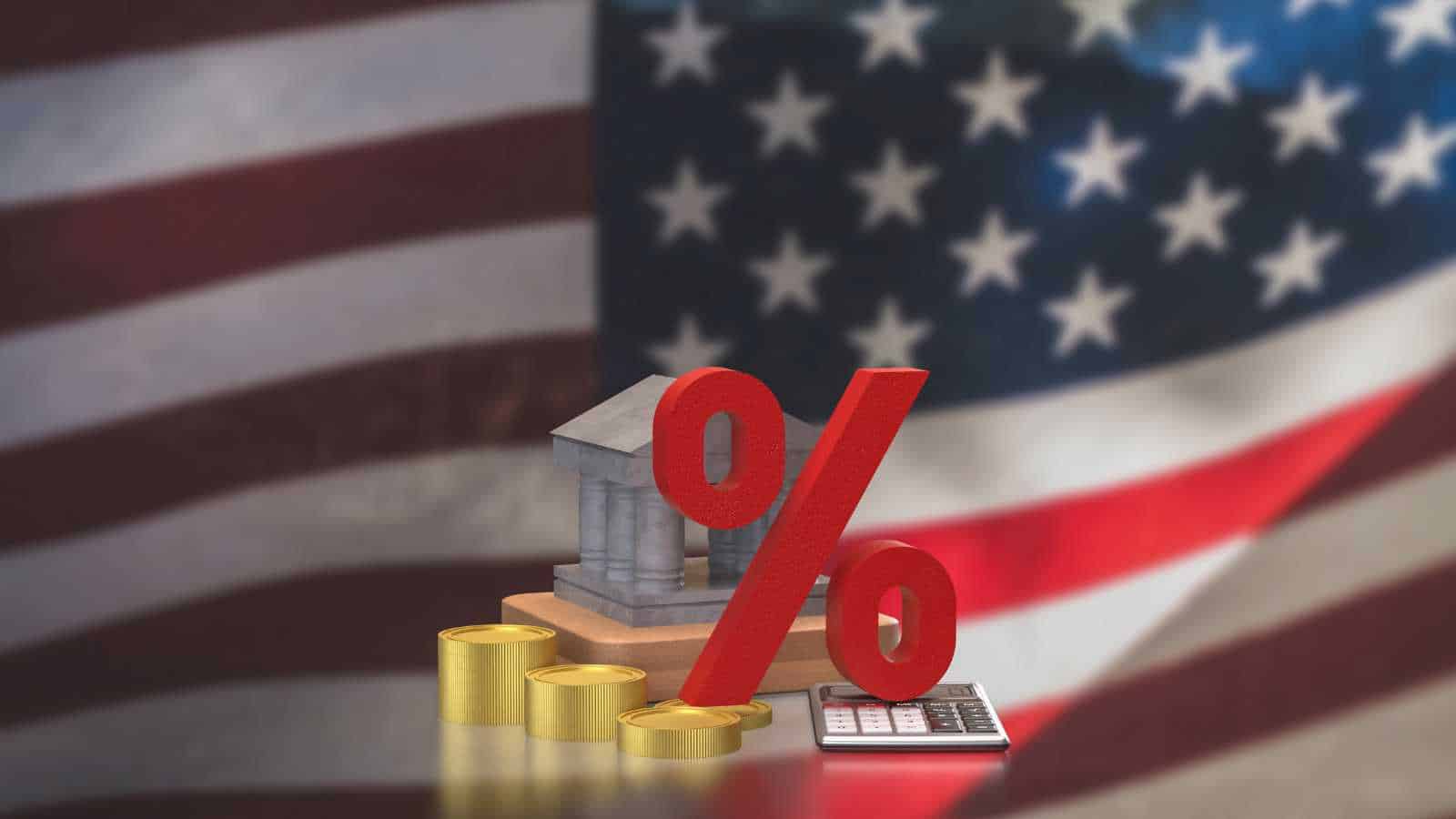
The U.S. government has spent more than $1 trillion this year on interest payments for its national debt, as CNBC reports. That’s a big chunk that could’ve gone toward things like healthcare or education.
This number will only get worse if the government keeps borrowing at this pace. The result? You could see tax hikes and slower economic growth as the government struggles to balance the books. If you think taxes are high now, buckle up—this is likely just the beginning.
Commercial Real Estate Is in Trouble

Ever wonder what’s happening to those office buildings in big cities? Well, office vacancy rates hit a staggering 20% in 2024. Thanks to remote work and changes in how companies do business, office spaces are sitting empty, especially in cities like San Francisco, where vacancies shot up to 27%, according to a Reuters report.
According to Kurt Stuart, co-head of Commercial Term Lending at Chase, “The greatest challenges today are the unknowns, whether they be economically or legislatively driven. Those unknowns inject more conservatism, resulting in a wait-and-see mentality, ultimately stalling decision-making.”
This is causing big problems for the commercial real estate market. Expect some turbulence if you’re involved in this sector.
Corporate Default Risks Are Rising

Corporate defaults are becoming more likely, and that’s a big sign of market stress. According to Moody’s Analytics, the probability of default (PD) for U.S. public companies hit 9.2% at the end of 2024, the highest level since the Global Financial Crisis.
This means more companies are struggling to pay off their debts, and it could lead to widespread defaults. The problem? As more people default on their loans, banks will tighten their credit policies, making it harder to get approved for loans or credit.
If you’ve got investments in big corporations, you might want to start paying closer attention.
Credit Card and Auto Loan Delinquencies Are Climbing

Debt isn’t just a corporate issue—households are starting to feel the strain as well. Credit card and auto loan delinquency rates are on the rise, hitting 4.5% by Q3 2025, as noted by the Federal Reserve Bank.
More people are falling behind on their payments, indicating that financial stress is growing nationwide. If you’re carrying a balance on your credit cards or auto loans, you’re not alone—but it’s a sign to keep an eye on your finances.
Housing Affordability Is at Multi-Decade Lows

If you’ve been looking to buy a house, you’re probably feeling the pain. Housing affordability in the U.S. has hit multi-decade lows, with home prices staying sky-high and mortgage rates climbing.
The Housing Affordability Index is at its lowest in years, meaning fewer people can afford to buy. If you’re stuck renting, you’re not the only one—renting is becoming the new normal for many.
The Yield curve inversion Is Still Here
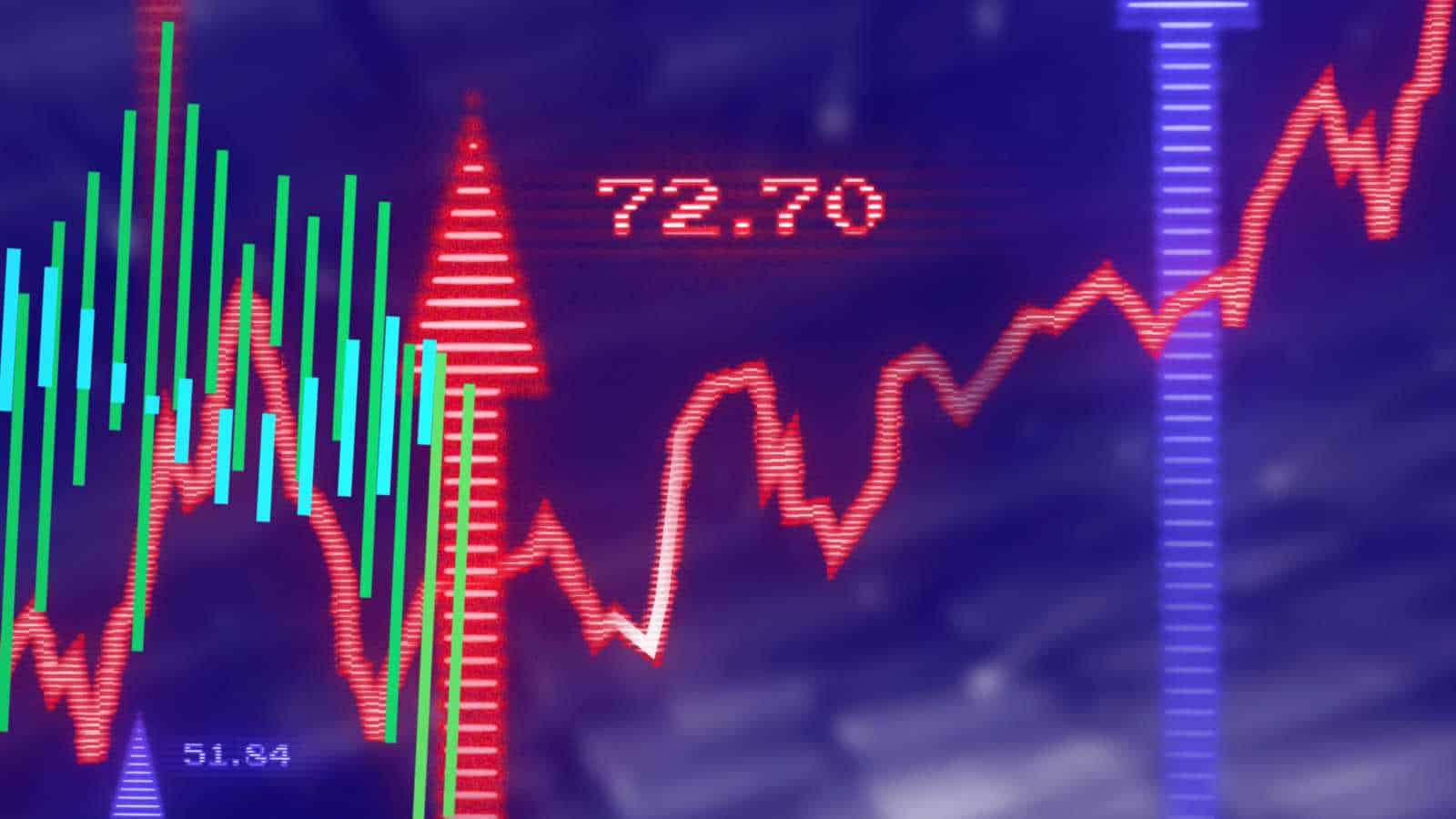
You’ve probably heard about the yield curve inversion, right? It’s one of the clearest recession signals. Basically, short-term interest rates are still higher than long-term rates, which is a red flag that suggests a recession might be brewing.
Historically, when this happens, a recession is usually right around the corner. Don’t freak out yet, but keep your eye on it—it’s a classic sign of an economic slowdown.
Household Debt Hits Record Highs

Americans are carrying a lot of debt, and the situation is only getting more challenging. With mortgages, credit card bills, and auto loans stacking up, many are feeling the pressure.
The bigger issue here is that excessive debt can limit people’s spending, ultimately creating a negative ripple effect on the economy. As debt continues to grow, it could stifle both personal financial stability and broader economic growth.
The Fed’s Struggling with Rising Inflation

The Federal Reserve has been playing catch-up, trying to control inflation. But inflation is still hovering around 3%, way above the Fed’s target of 2%. Higher interest rates are slowing spending, but inflation is sticky, making it hard to bring down without risking further economic harm.
If the Fed cuts rates too quickly, inflation could spiral out of control again. On the other hand, keeping rates high for too long risks pushing the economy into a slowdown. If you’re a borrower, this means higher rates on things like mortgages, car loans, and credit cards for the foreseeable future.
Market Volatility Is on the Rise
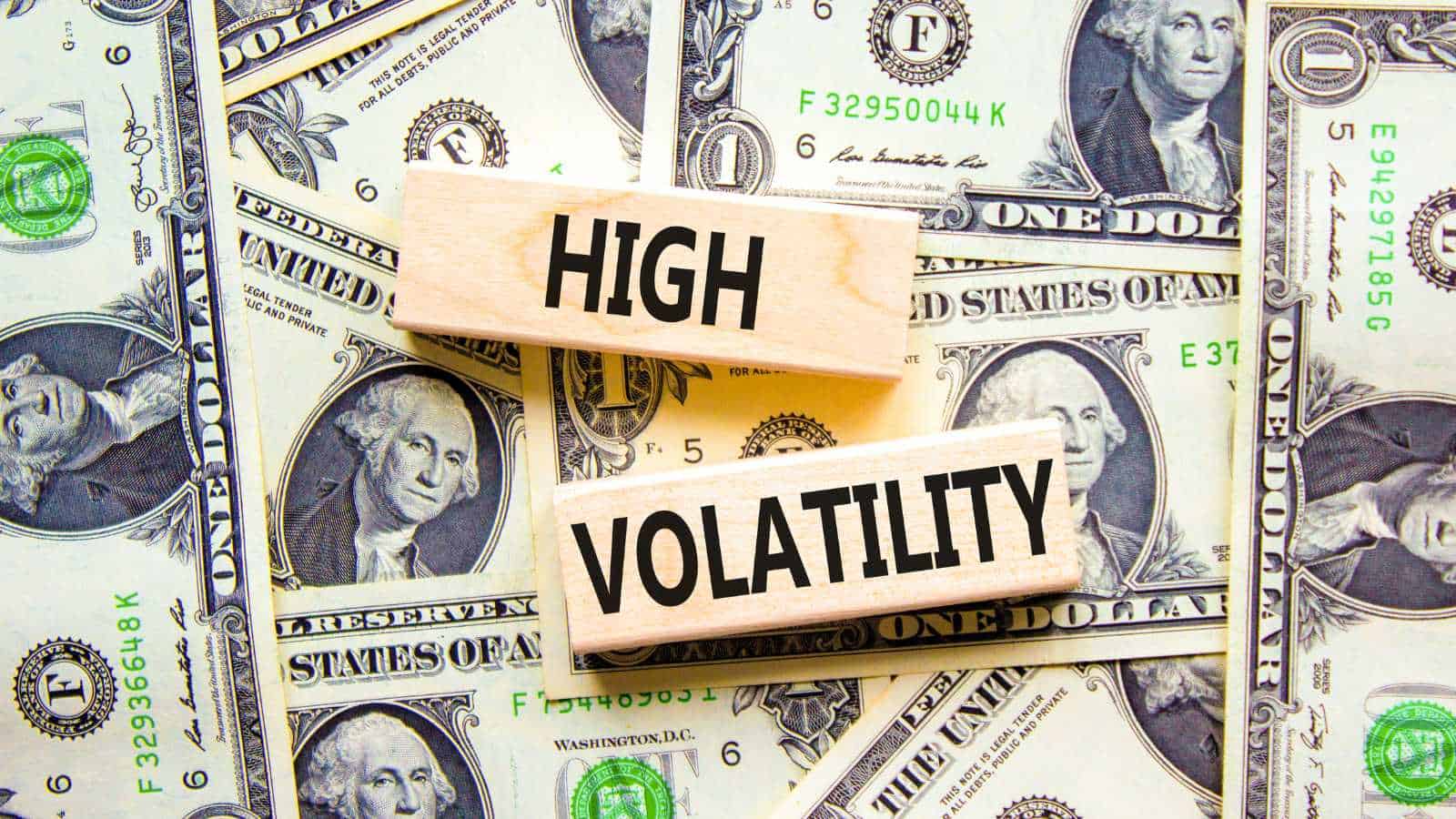
Market volatility has been on the up-and-up recently, with the VIX (Volatility Index) spiking frequently. When the VIX is high, it means the market expects greater volatility in stock prices. If you’re investing in the market right now, expect more turbulence.
Investor uncertainty is high, with many waiting to see how inflation, the Fed’s next move, and corporate earnings play out. If you’re holding stocks, it might be a good time to review your portfolio and make sure you’re not too exposed to risky assets.
Treasury Market Is Showing Stress
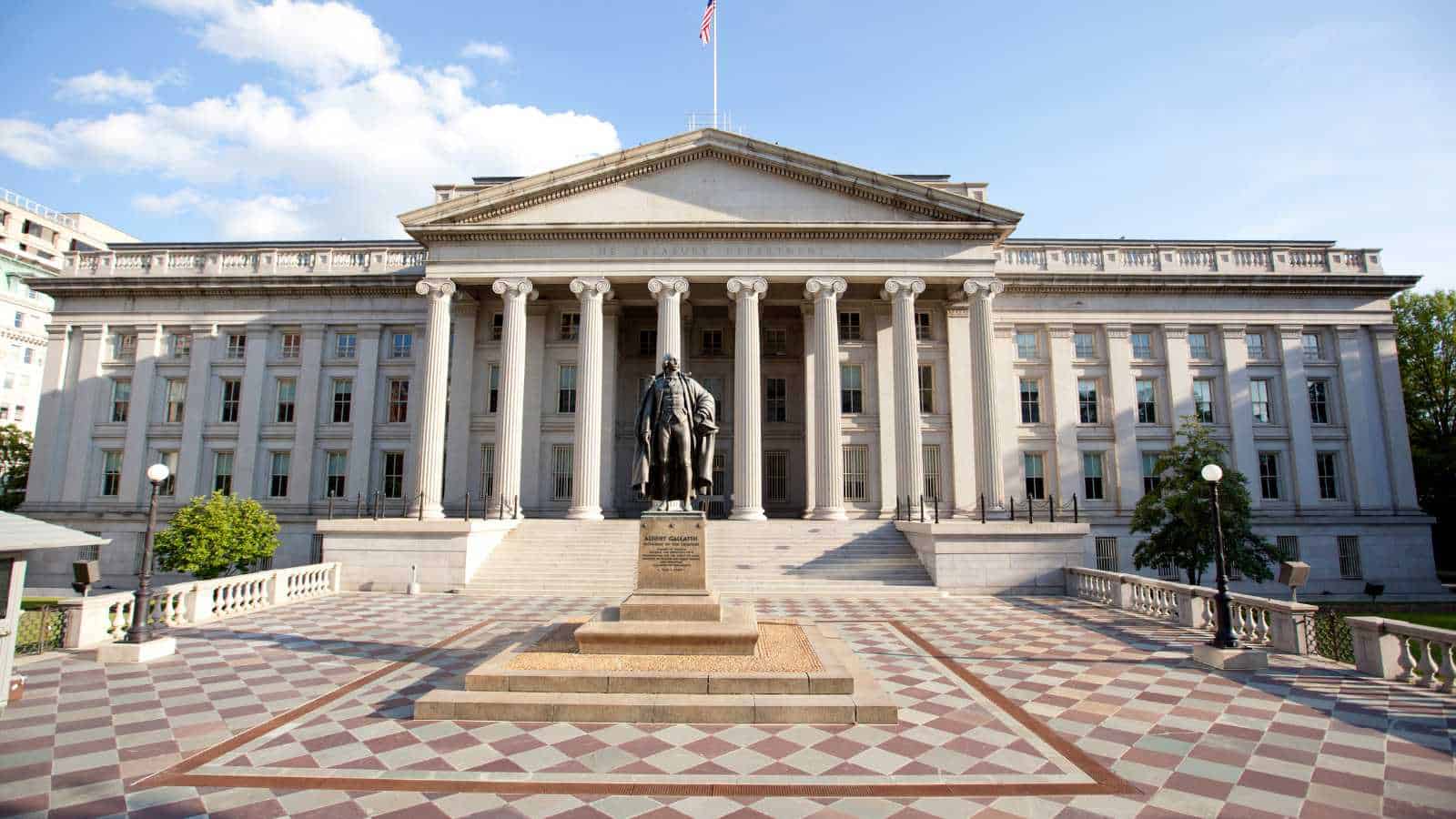
The bid-to-cover ratio in Treasury auctions has been declining, which is a red flag. This ratio measures demand for U.S. debt —basically, how many buyers there are for government bonds compared to how many are being offered.
When this ratio weakens, it suggests there’s less interest in purchasing U.S. Treasury bonds. If fewer investors are willing to buy these bonds, it could signal a lack of confidence in the government’s fiscal future.
In turn, this could drive up borrowing costs for the U.S. government, which would likely translate into higher interest rates on mortgages, loans, and credit cards for everyone.
Commercial Real Estate Debt Cliff Is Coming

If you weren’t already concerned about commercial real estate, here’s another worry: a massive amount of CRE debt is set to mature in the next few years, with interest rates on the rise and property values taking a hit. Refinancing these loans will be a major headache for many property owners.
This isn’t just an office space issue; residential and retail properties are also facing significant challenges, and many owners may struggle to keep up with the financial pressure.
Global Trade Tensions Are Taking a Toll
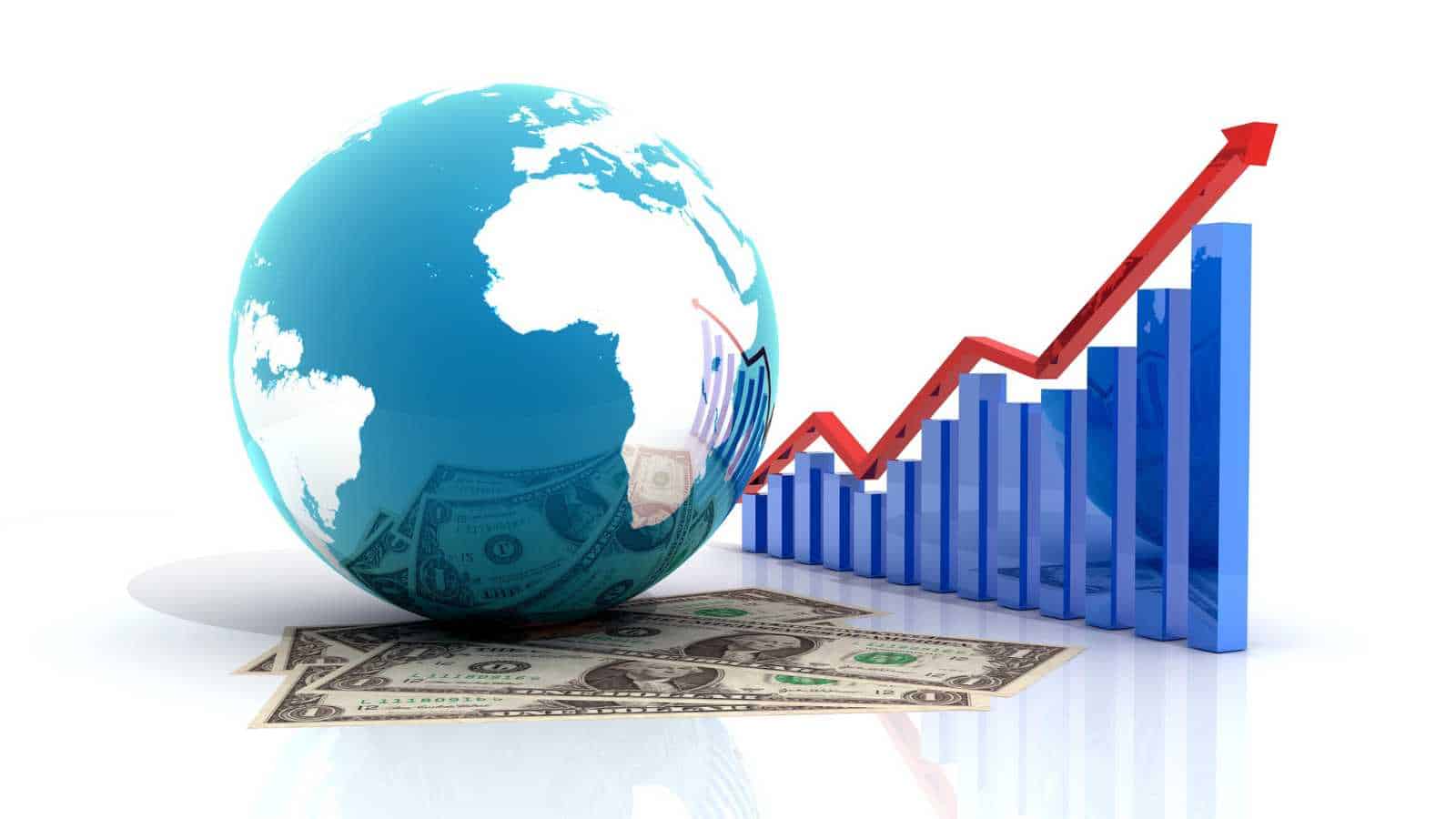
Global trade has definitely changed. Rising geopolitical tensions, particularly with China and other key trade partners, have driven up import costs. On top of that, new tariffs are putting even more pressure on consumer goods prices.
If you’ve noticed higher prices at the grocery store or felt the squeeze in your supply chain, this is one of the major reasons behind it.
Labor Market Hours Are Declining
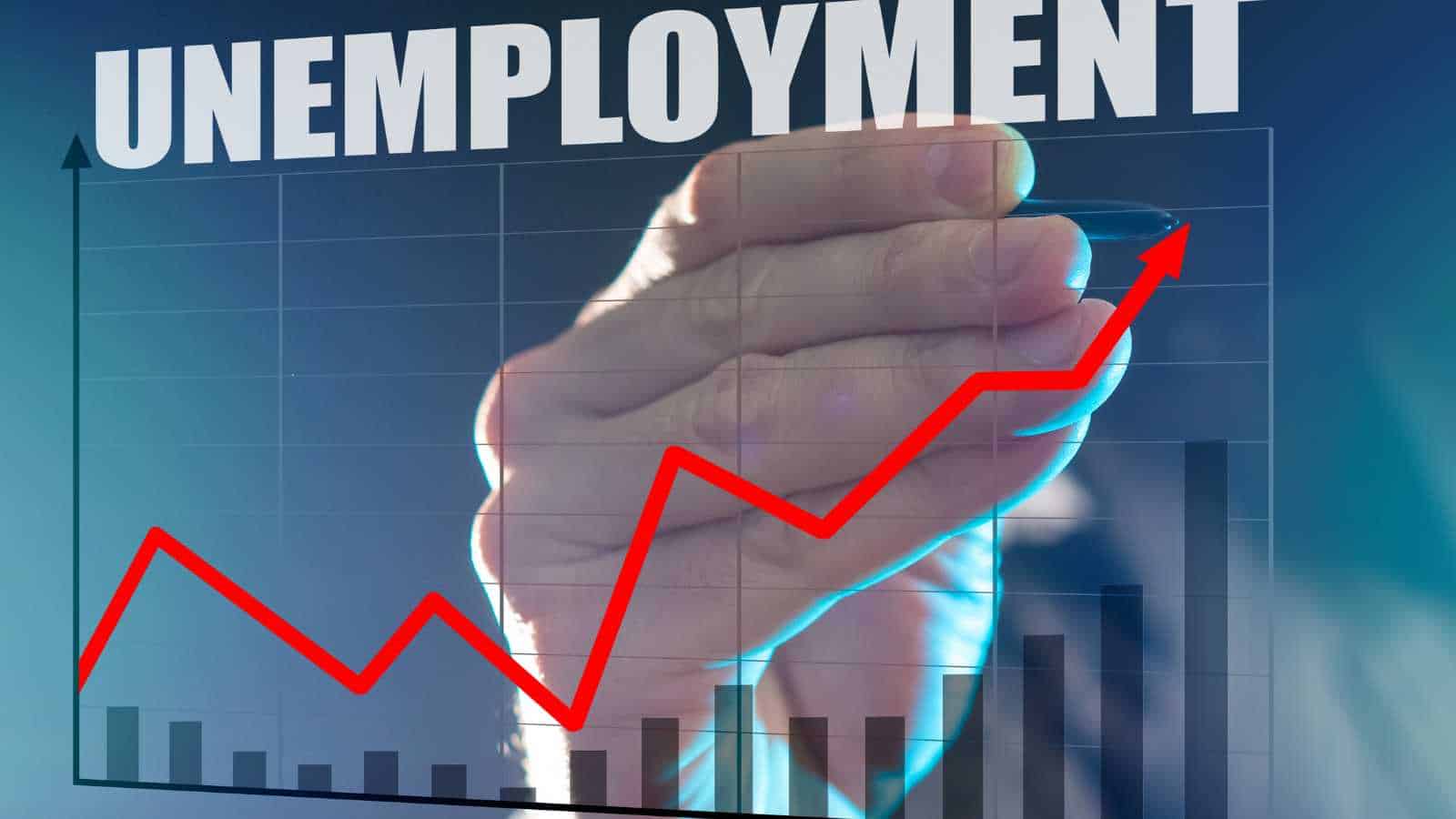
While the unemployment rate remains relatively low at 4.3%, according to Trading Economics, the average weekly hours worked in manufacturing have been shrinking.
This signals that companies are starting to pull back, reducing work hours rather than hiring new people. It’s a key sign that businesses are prepping for a slowdown, and it could lead to fewer job opportunities in the near future.
Political Uncertainty Is Adding to the Mix

With a major election cycle underway, political uncertainty is throwing another wrench into the economic outlook. Different presidential candidates have vastly different policies, especially on taxes, spending, and regulation.
This kind of uncertainty makes it harder for businesses to plan and for investors to predict future market movements.
Conclusion

Well, we’re definitely at a crossroads. If you’re feeling a little uneasy about your investments, your debt, or your job, it’s not just you. We’re seeing multiple red flags in the economy, from the national debt and the real estate crisis to corporate defaults and rising interest rates.
If you’ve got investments, diversify and keep an eye on market conditions. If you’re in debt, consider paying down high-interest loans to avoid getting caught in a squeeze. And if you’re looking to buy a home, well, you might want to keep saving for now, as housing affordability doesn’t look to improve anytime soon.
Take these warning signs seriously, but remember, you can continuously adapt and stay ahead of the curve. Let me know what you think, and let’s catch up soon to chat about how to navigate this crazy financial ride best!
Disclosure line: This article was developed with the assistance of AI and was subsequently reviewed, revised, and approved by our editorial team.
The First-Time Homebuyer Crisis: 17 Reasons Young Americans Are Giving Up on Owning a Home

The First-Time Homebuyer Crisis: 17 Reasons Young Americans Are Giving Up on Owning a Home
In the past, a respectable salary and good credit score were typically sufficient to purchase a starter home with room for growth. Fast-forward to 2025, and the American Dream of homeownership has devolved into something closer to myth than marker for most young Americans.
Why investing for retirement is so important for women (and how to do it)

Why investing for retirement is so important for women (and how to do it)
Retirement planning can be challenging, especially for women who face unique obstacles such as the wage gap, caregiving responsibilities, and a longer life expectancy. It’s essential for women to educate themselves on financial literacy and overcome the investing gap to achieve a comfortable and secure retirement. So, let’s talk about why investing for retirement is important for women and how to start on this journey towards financial freedom.







